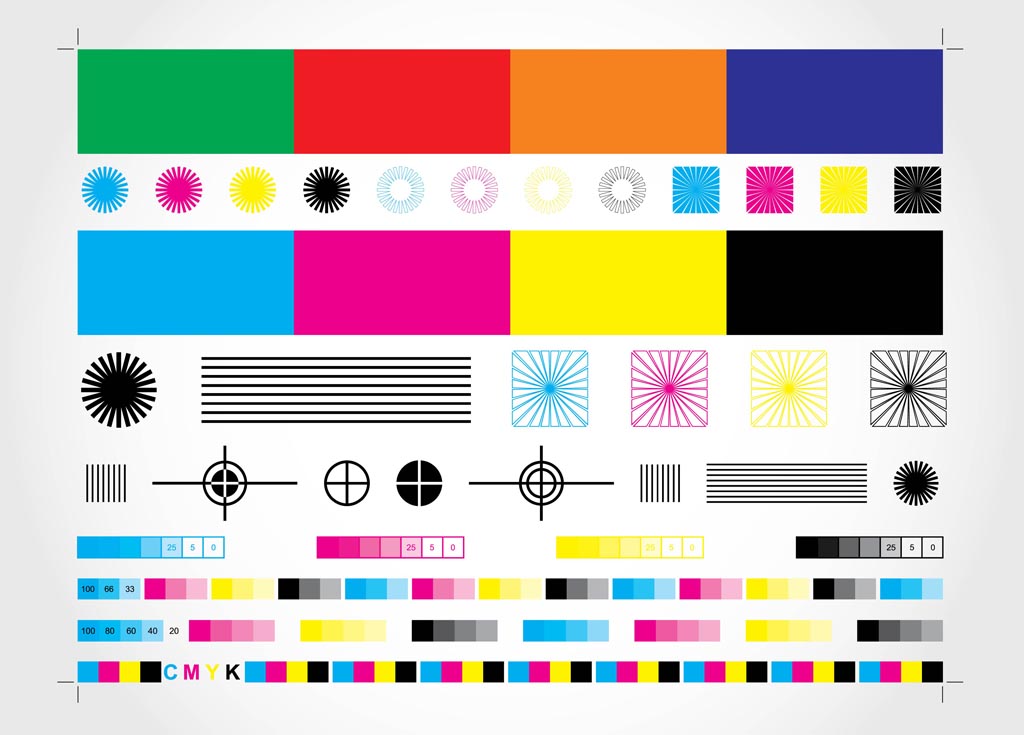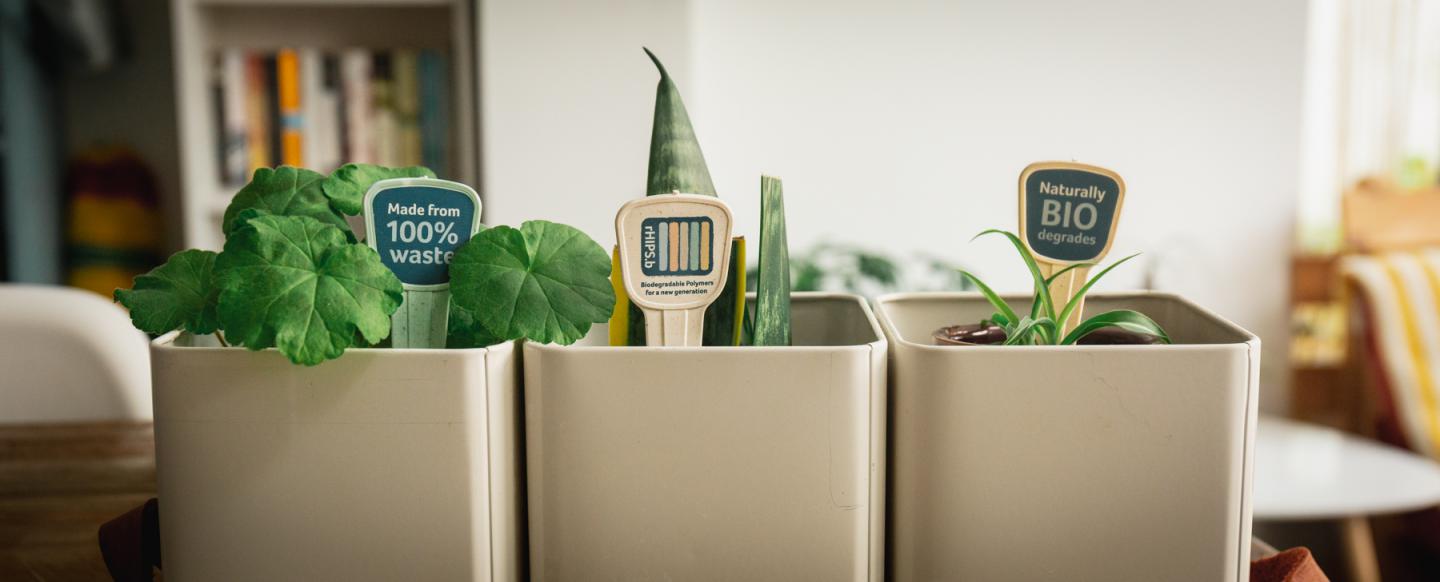What is Four Colour Process Printing

In the natural world, using the equal measure of 100% Cyan, Magenta and Yellow would be enough to make black. Unfortunately, is not the natural world so, in order to create the definition required across the printing process, the inks for Cyan (C), Magenta (M), Yellow (Y) require an additional Black (K - for key) is added.
Full-colour process is widely used across paper, card, PVC, plastics and textiles and is prevalent across a range of printing techniques as detailed in A Guide to Printing Promotional Merchandise. However, there are certain instances when CMYK will not exactly match a specific PMS (Pantone Matching System) colour. Should you have a requirement to print a photographic design with an additional specific logo/brand colour match, an additional print will need to be added. For each exact colour match required, a separate colour must be added to the print run which could result in numerous colours being printed which can impact both run-time and cost.
To produce the finished effect, the image is broken down into thousands of dots or halftones for each colour printed. Each layer (or film) of colour is overlaid upon each other in a specific pattern known as a rosette. It is this combination of colours and dots together with the necessary white background that gives the appearance of solid colours and images.
As with anything technical, it is easy to make mistakes but in hands of experts, the results can be astounding. When creating artwork for promotional merchandise, speak to the studio or sales team to discuss what and how products are being printed and what artwork will be needed in order to achieve the greatest results.
Printing is an art, so why not your products!


